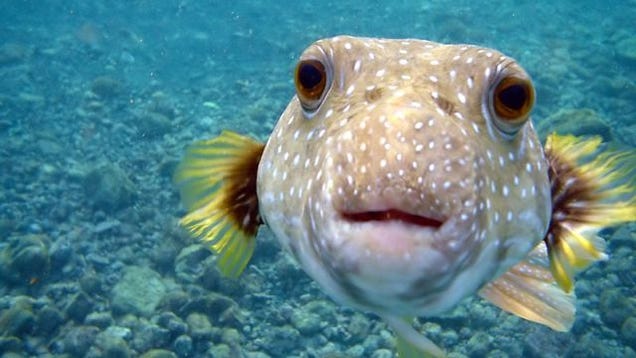Mitosis: (used for growth and repair, including the growth of the foetus)
2 daughter cells produced
Identical to original (parent) cell and to each other, unless a mutation occurs.
Importance:
- Increase in number of cells
- 2 haploid cells fuse to make a diploid cell
- Differentiation
- Replacing cells (when they're damaged or die new cells must form to be genetically identical to function effectively)
Interphase: (cell not dividing, when replication of DNA occurs)
- cell continues its normal function
- prepares to divide
- Cells DNA is unravelled and replicated - genetic content is doubled
- Organelles replicated so there's spares
- ATP content increased
Prophase:
- Chromosomes condense (they get shorter and fatter)
- Centrioles start moving towards opposite ends of the cell forming a network of protein fibres across it (forms the spindle)
- Nuclear envelope breaks down
- Chromosomes are free in the cytoplasm
Nuclear envelope: membrane around the nucleus
Centrioles: tiny bundles of protein
Metaphase:
- Chromosomes (each have two chromatids) line up along the middle of the cell
- become attached to the spindle via their centromere
Anaphase:
- Centromeres divide
- separating each pair of sister chromatids
- spindle contracts
- Pulls chromatids to opposite ends of the cell (first the centromere)
Telophase:
- Chromatids reach opposite poles on the spindle
- uncoil and become long and thin again
- They're now called chromosomes again
- Nuclear envelope forms around each group of chromosomes so there are now 2 nuclei
- Cytoplasm divides
- FORMING: 2 daughter cells genetically identical to the original cell and to each other
Mitosis is now finished and each daughter cell starts interphase and the whole cycle repeats.
Mitotic index = the number of cells carrying out mitosis (visible chromosomes)/ total number of cells on the slide
Cancer:
(result of uncontrolled cell division)
- cell growth and cell division controlled by genes
- cancer is a tumour that invades surrounding tissue
- cells keep on dividing to make more tissue (the tumourr)
- prevent the synthesis of enzymes needed for DNA replication
- Not specific- can kill normal cells, steps taken to reduce the impact on normal cells
- A large portion of the tumor is removed using surgery
- Repeated treatments (ie not one big dose), treatment breaks in between.
G1- cell growth and protein production
specifically for AQA Biology AS Unit 2


